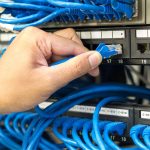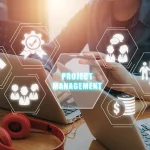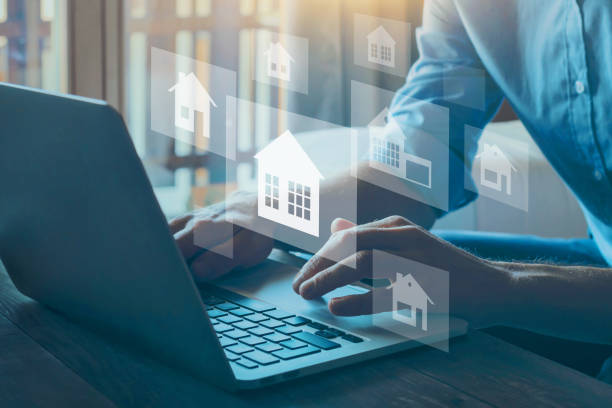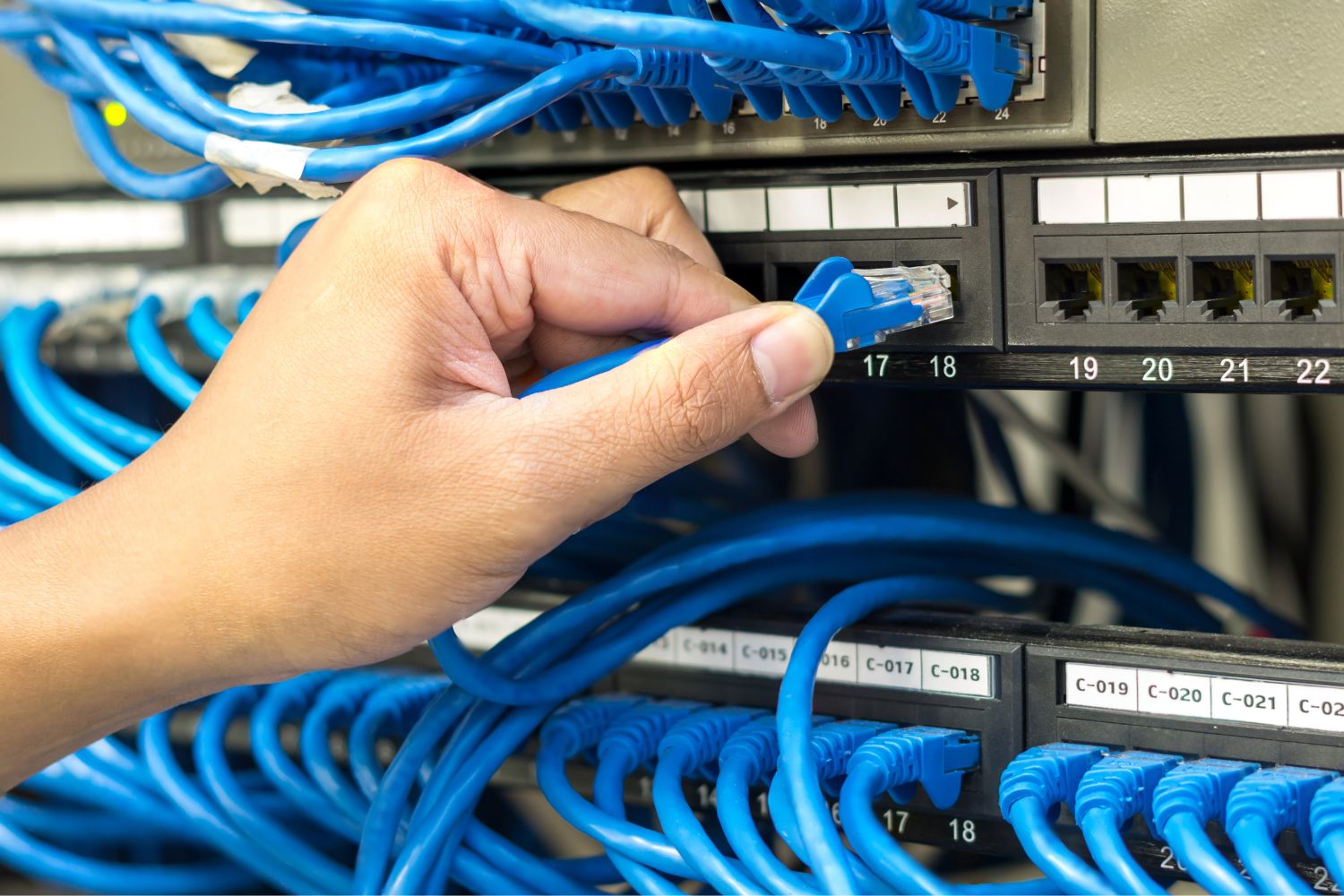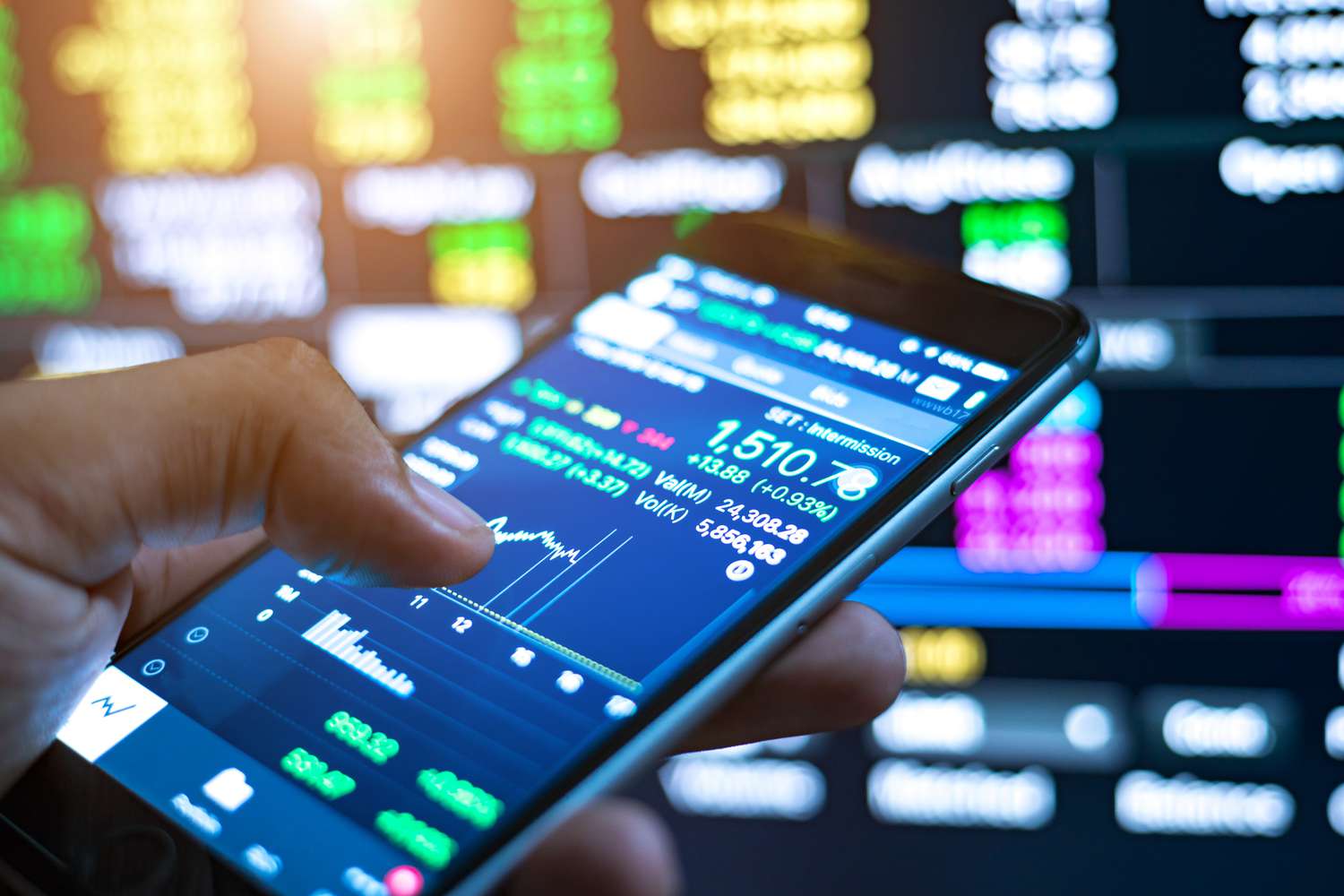Medical alert devices and fall detection technology are becoming increasingly popular to provide seniors and people with disabilities with the support they need to maintain their independence and stay safe at home.
Medical alert devices are designed to be worn around the neck or wrist, and they typically include a button that can be pressed to summon help in the event of an emergency. Some fall detection devices also come equipped with fall detection technology, which can automatically alert emergency services if the wearer falls and is unable to press the button themselves.
Fall detection technology uses sensors to detect sudden changes in acceleration and orientation, which can indicate that a person has fallen. When a fall is detected, the device sends an alert to a monitoring center or designated caregiver, who can assess the situation and take appropriate action.
Medical alert devices and fall detection technology can be precious for seniors and people with mobility issues who are at higher risk of falling and may have difficulty getting up or calling for help. These devices can help prevent serious injuries and even save lives by providing immediate assistance.
However, it is essential to note that these devices are not foolproof, and they may not detect all falls or accurately identify every emergency. Some devices may also have range, battery life, and reliability limitations.

When choosing a medical alert device or fall detection technology, it is essential to carefully consider the specific needs and limitations of the user, as well as the features and capabilities of the device. Some key factors to consider include:
Ease of use: The device should be simple and intuitive to use, with large buttons and clear instructions.
Range and coverage: The device should have sufficient range and coverage to allow the user to move around freely within their home and yard.
Battery life: The device should have a long battery life and ideally be rechargeable.
Monitoring and response: The device should have a reliable monitoring center or designated caregiver who can respond quickly to emergencies.
Cost and pricing: The device should be affordable and transparently priced, with no hidden fees or long-term contracts.
In addition to medical alert devices and fall detection technology, various other tools and resources are available to help seniors and people with disabilities stay safe and independent at home. These may include home modifications such as grab bars and wheelchair ramps, assistive devices such as walkers and mobility scooters, and in-home care services such as home health aides and companions.
Ultimately, the key to successfully aging in place is to take a comprehensive and individualized approach that considers each individual’s unique needs and preferences. By working closely with healthcare professionals, caregivers, and family members, seniors and people with disabilities can identify the tools and resources that best support their health, safety, and independence as they age.


